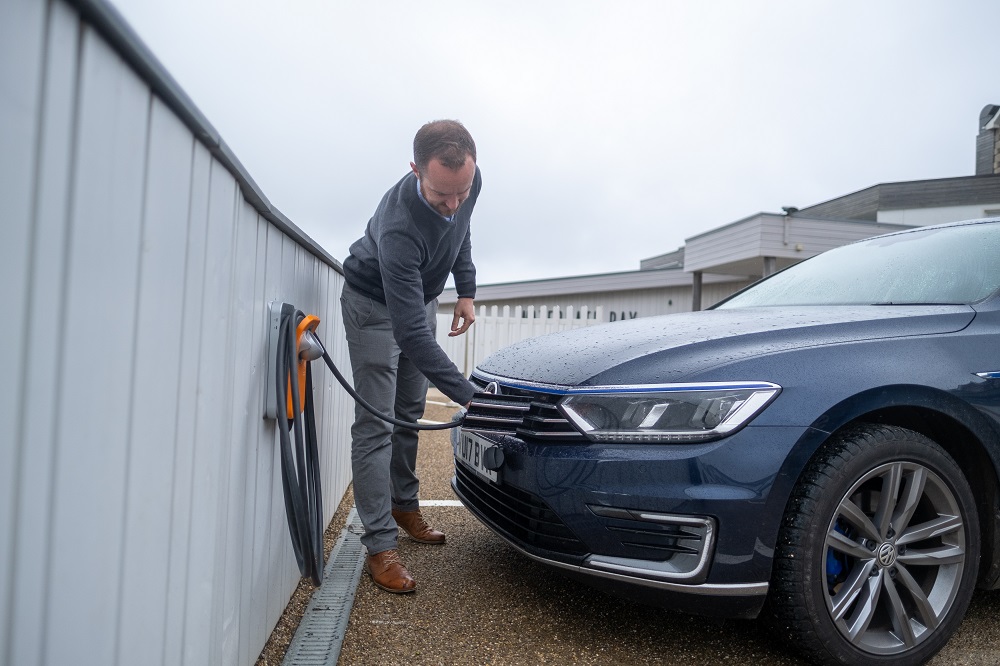Local authority charging
If lots of people in your area could benefit from on-street EV charging, you can apply to your local authority to install local charging points.
The On-street Residential Chargepoint Scheme provides funding for local authorities to help with the cost of installing on-street residential electric car chargers. The scheme, run by Energy Saving Trust for OLEV, has an allocated pot of money available to local authorities on a first-come, first served, basis.
The scheme involves converting street lights into EV charging points, making them accessible to people who regularly park on a street instead of a driveway. Not only is using the lamppost the cheapest way to install lots of public charge points (meaning lower charging costs for EV drivers), it’s also less invasive for your street, as it avoids adding bulky street furniture to pavements.
If you’d like a council charging point installed in your street, it’s best to approach your local authority directly. Most councils now have a page on their website which allows you to apply for a charging point - the easiest way to find it is to search “EV charging” or similar on their website.
The more residents that make a request, the more likely your council will take action, so rally your street to get a better chance of success!


